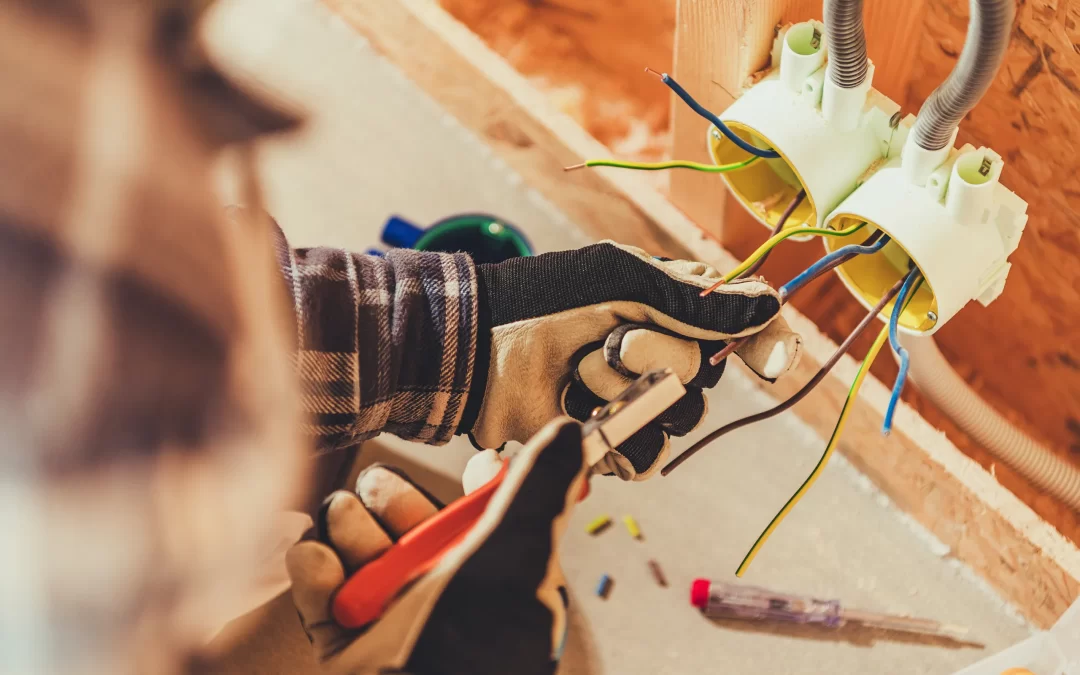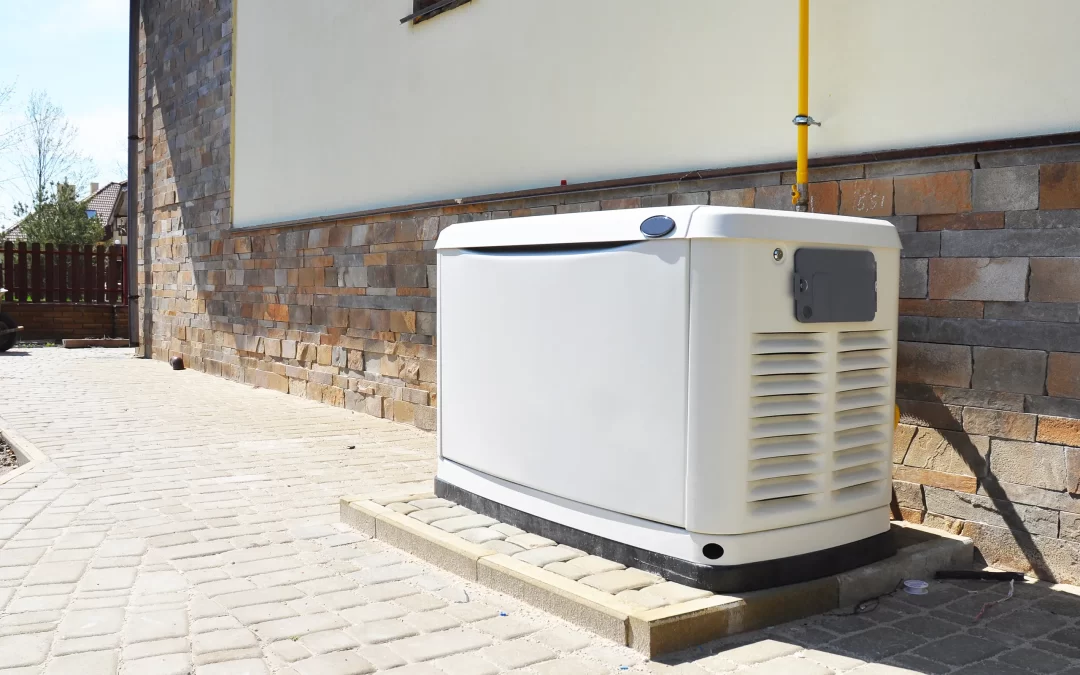Smart homes are no longer a futuristic concept—they’re here, and they’re becoming the new normal. From voice-controlled lighting and thermostats to advanced security systems and automated blinds, today’s homeowners want convenience, efficiency, and control. But all those connected devices require the right electrical infrastructure to function reliably and safely.
Whether you’re building a new home or upgrading an existing one, proper smart home wiring is essential. In this article, we’ll break down what you need to know before adding smart devices to your home, the types of wiring that support modern automation, and when it’s time to consult a professional electrician.
Why Smart Home Wiring Matters
Smart devices depend on consistent power, strong network connections, and seamless integration. Many homeowners assume their current wiring can handle the demand—but that’s not always true.
Smart home tech may involve:
-
Voice assistants (like Alexa or Google Assistant)
-
Smart thermostats
-
Automated lighting systems
-
Smart locks and doorbells
-
Surveillance cameras
-
Audio/video distribution
-
Motorized shades or appliances
-
Home energy monitoring
Each of these requires either low-voltage cabling, data connections, or upgraded power sources. Without the right wiring, your devices may experience signal issues, slow responses, or even frequent malfunctions.
Key Wiring Considerations for a Smart Home
1. Structured Wiring Backbone Structured wiring combines various types of cables—such as Cat6, coaxial, and fiber optic—into a single, centralized system. It’s typically housed in a structured media panel and routes throughout your home to provide network, audio, and video signals.
For homeowners who plan to expand their smart system over time, structured wiring provides scalability and reliability.
2. Dedicated Circuits Some smart devices—like home automation hubs or motorized window treatments—require more power than your typical outlet can safely provide. Installing dedicated circuits ensures consistent power without overloading your electrical system.
3. Low-Voltage Wiring Smart thermostats, security systems, sensors, and intercoms often run on low-voltage wiring, such as 18/2 or 22/4 gauge wire. These should be installed properly and routed away from high-voltage lines to avoid interference.
4. High-Speed Data Cabling Wi-Fi isn’t always enough. Smart homes with heavy traffic from streaming, gaming, and connected devices benefit from hardwired Cat6 or Cat6a Ethernet connections. These cables provide faster and more reliable data transmission—especially for devices like cameras, TVs, and smart speakers.
5. Wireless Access Point (WAP) Placement For seamless wireless coverage, electricians may install pre-wired WAP locations in ceilings or central areas. This ensures strong signal coverage across your home without relying on a single router.
Upgrading Older Homes for Smart Tech
If your home was built before the smart era, you may need to upgrade existing wiring. Common upgrades include:
-
Adding more outlets or USB-integrated receptacles
-
Replacing old electrical panels that can’t handle the load
-
Installing conduit for easy future cable routing
-
Updating grounding and bonding for new circuits
Older homes may also have outdated wiring types, such as knob-and-tube or aluminum, which can be unsafe when adding new loads. An inspection by a licensed electrician can identify these risks and provide solutions.
Smart Home Pre-Wiring for New Construction
If you’re building a new home or doing major renovations, pre-wiring is the most cost-effective way to future-proof your property. Even if you’re not installing every smart feature right away, running the cables now avoids the need for drywall removal later.
Recommended pre-wiring includes:
-
Ethernet cabling to every room
-
Coaxial cable for TV service
-
Speaker wires for in-ceiling audio
-
Camera wiring for doorbells and surveillance
-
Conduit in walls for flexible future additions
Work with your builder and a licensed electrician early in the process to plan the best layout for your needs.
When to Hire a Licensed Electrician
Smart home installations aren’t always plug-and-play. Some involve working with your breaker panel, routing low-voltage wire, or running cable through walls and ceilings. A licensed electrician ensures that everything is up to code, safely installed, and scalable for future upgrades.
At Socket Doctors, we specialize in preparing homes for modern smart technology. Whether you’re retrofitting an existing house or starting from scratch, we’ll help you create a reliable wiring infrastructure that supports all your current and future automation goals.
Get Smart—The Right Way
Smart homes offer incredible convenience and energy efficiency, but only when backed by the right electrical foundation. Before investing in connected devices, make sure your home is wired to handle them. Planning now can save you time, money, and frustration down the road.
Ready to prepare your home for the future? Contact Socket Doctors today for expert smart home wiring consultations and installation.



